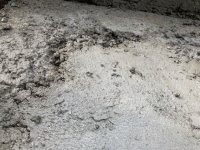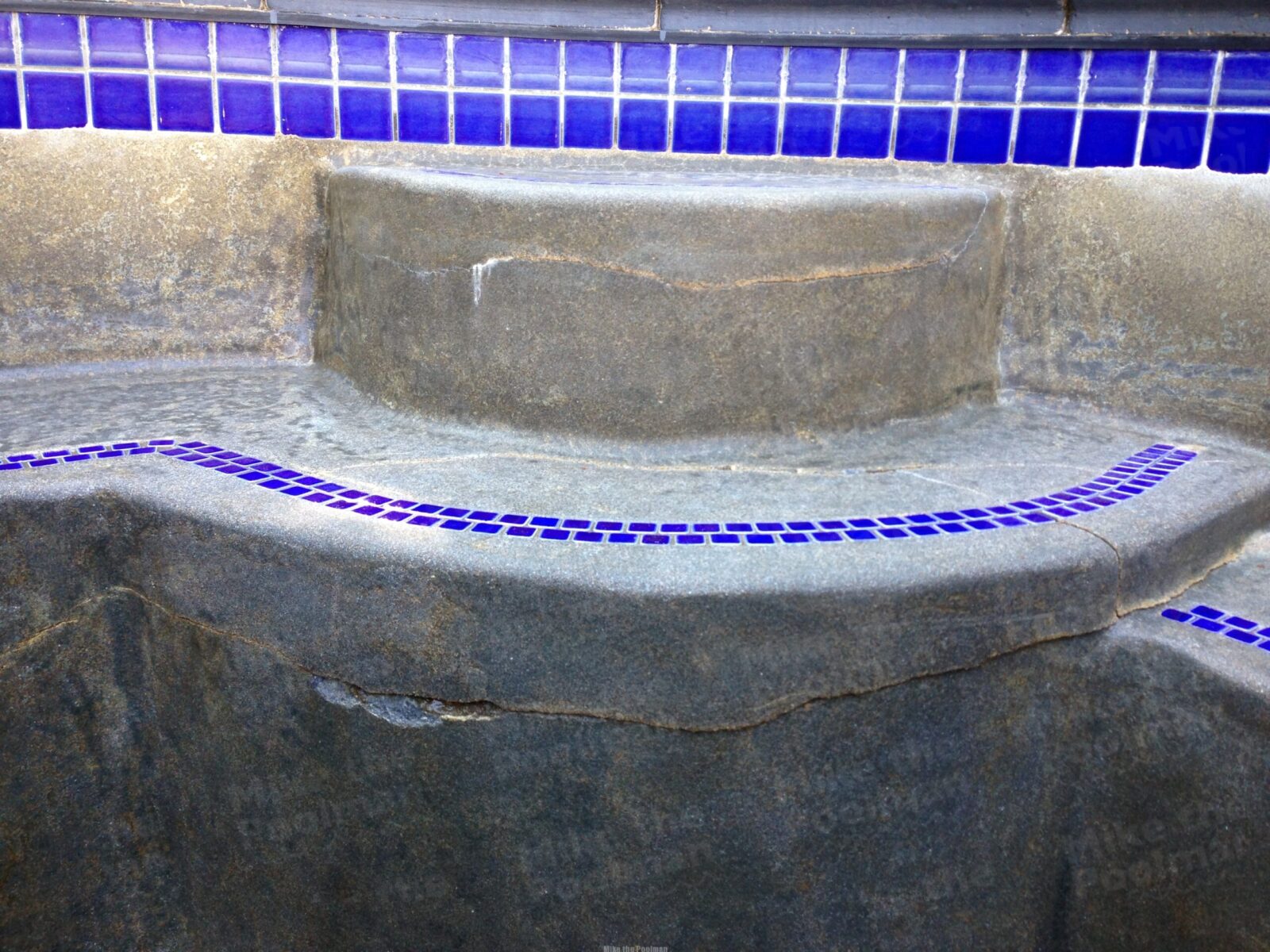The concrete in my shotcrete pool was done two days ago. My pool has an 8 x 18 sun shelf that is going to have approx 9'' of water in it. The concrete crew shot the walls, including the small sun shelf walls, and put the trimmings in the bottom of the pool and then shot the floor over the trimmings with the exception of the sun shelf where the floor was just poured. They were using the same hose that was used to shoot everything else but I guess the compressor was turned off b/c the concrete was coming out of the hose with no pressure. Now the area between the poured concrete and the shot concrete (which also has some trimmings mixed in) around the edges of the pool shelf appears to be very weak. I can push out lose sandy feeling concrete with my finger. When I water this section the water is absorbed into the joint. We are going with a pebble tec finish. Will the pebble tec seal up this area? Is this going to cause problems with ground water being able to come up or leaks in the pool shell? Is this going to allow water to get at the rebar and cause rust? I've been watering the shell every couple of hours since the concrete setup.
The PB came out at the end of the pour and said it "looks good". He has been in business a long time and has a good reputation. The shell comes with a 30 year warranty. Am I worrying about nothing or should I press this issue?
Thanks for any advice. This is all new to me.
The PB came out at the end of the pour and said it "looks good". He has been in business a long time and has a good reputation. The shell comes with a 30 year warranty. Am I worrying about nothing or should I press this issue?
Thanks for any advice. This is all new to me.




